Carnivorous plants are nature’s clever solution to surviving in nutrient-poor environments. These fascinating organisms have evolved unique ways to trap and digest insects and small animals, supplementing their diet with the nutrients they can’t get from the soil. Let’s explore 12 of these remarkable plants that turn the tables on the food chain.
Venus Flytrap
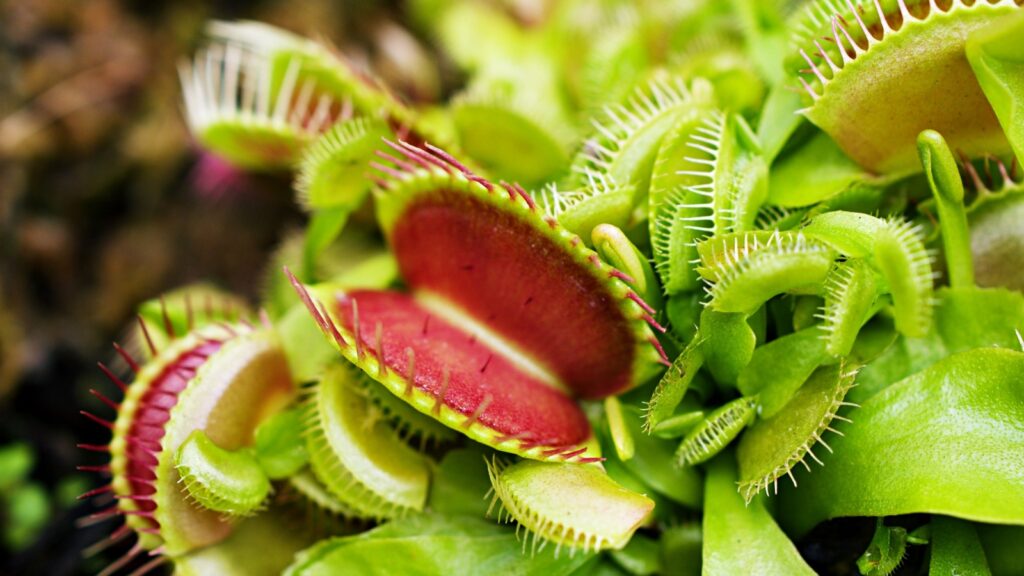
The Venus flytrap is perhaps the most famous carnivorous plant. Native to the wetlands of North and South Carolina, this plant has hinged leaves lined with sensitive trigger hairs. When an insect touches these hairs twice within 20 seconds, the trap snaps shut. The plant then releases digestive enzymes to break down its prey over several days.
Pitcher Plant
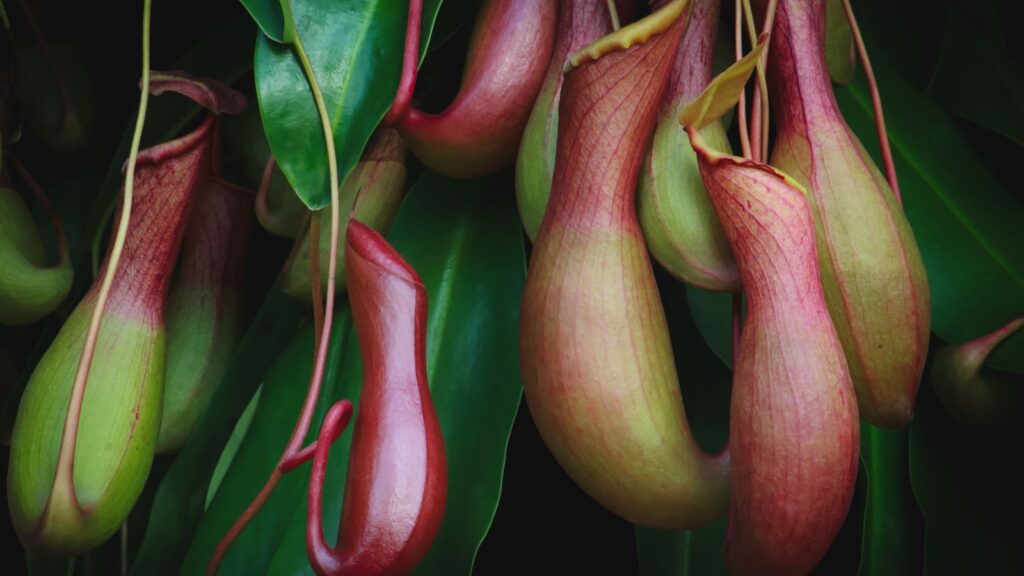
Pitcher plants are found in various parts of the world and come in many shapes and sizes. They all share a common feature: a deep cavity filled with digestive fluid. The rim of the pitcher is slippery, causing insects to fall in. Once inside, the prey can’t escape and is slowly digested. Some larger pitcher plants have even been known to catch small mammals and reptiles!
Sundew
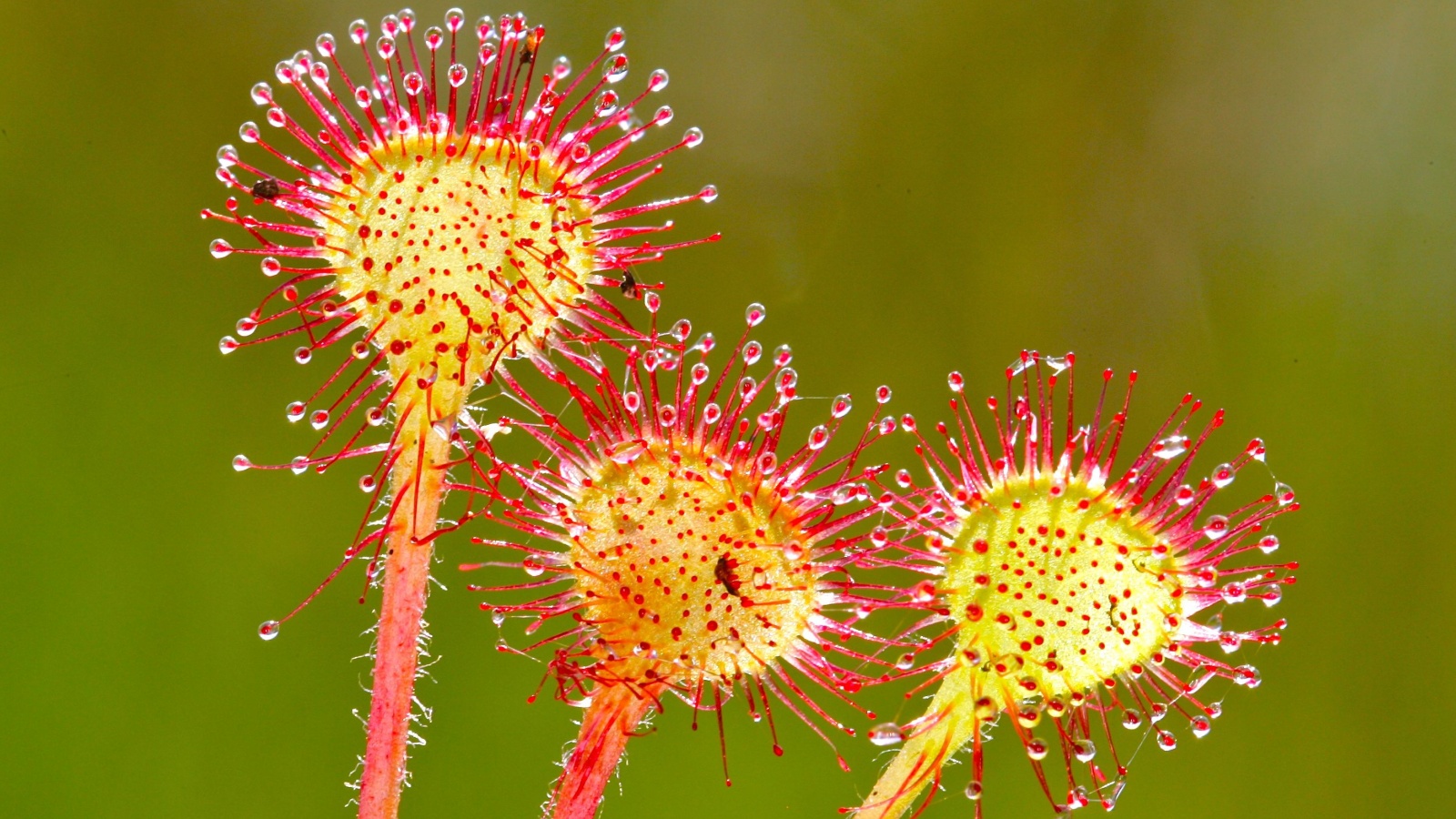
Sundews are beautiful yet deadly plants covered in tentacle-like stalks. Each stalk has a drop of sticky fluid at its tip, which looks like morning dew (hence the name). This sticky substance attracts and traps insects. Once caught, the leaves curl around the prey, secreting enzymes to digest it. There are about 194 species of sundews found across the world.
Bladderwort
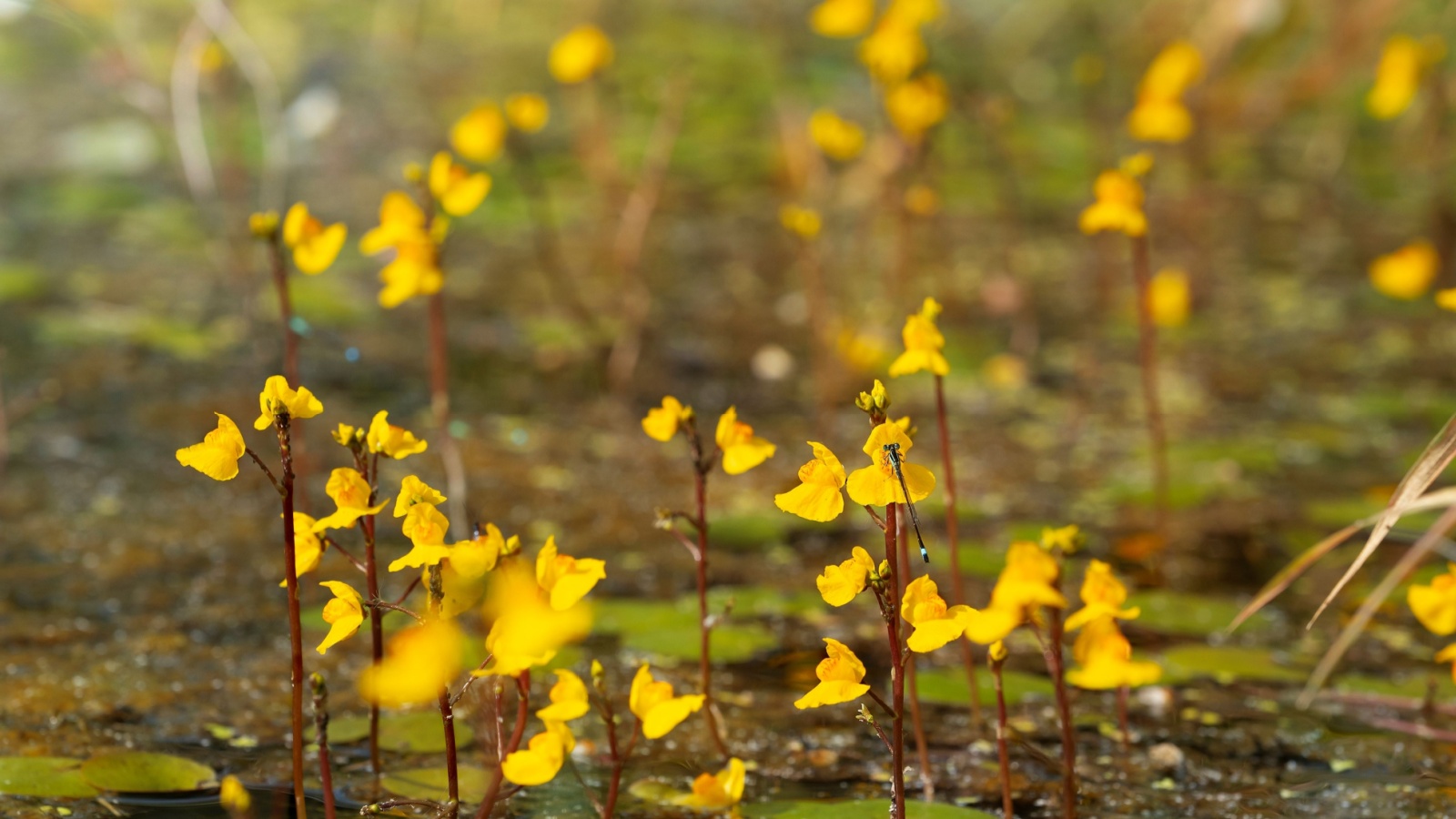
Bladderworts are aquatic carnivorous plants with a unique trapping mechanism. They have tiny bladder-like traps underwater that create a vacuum. When small aquatic creatures touch the trigger hairs on the trap door, it opens suddenly, sucking in the prey along with water. The whole process happens in less than a millisecond, making it one of the fastest plant movements in nature.
Butterwort
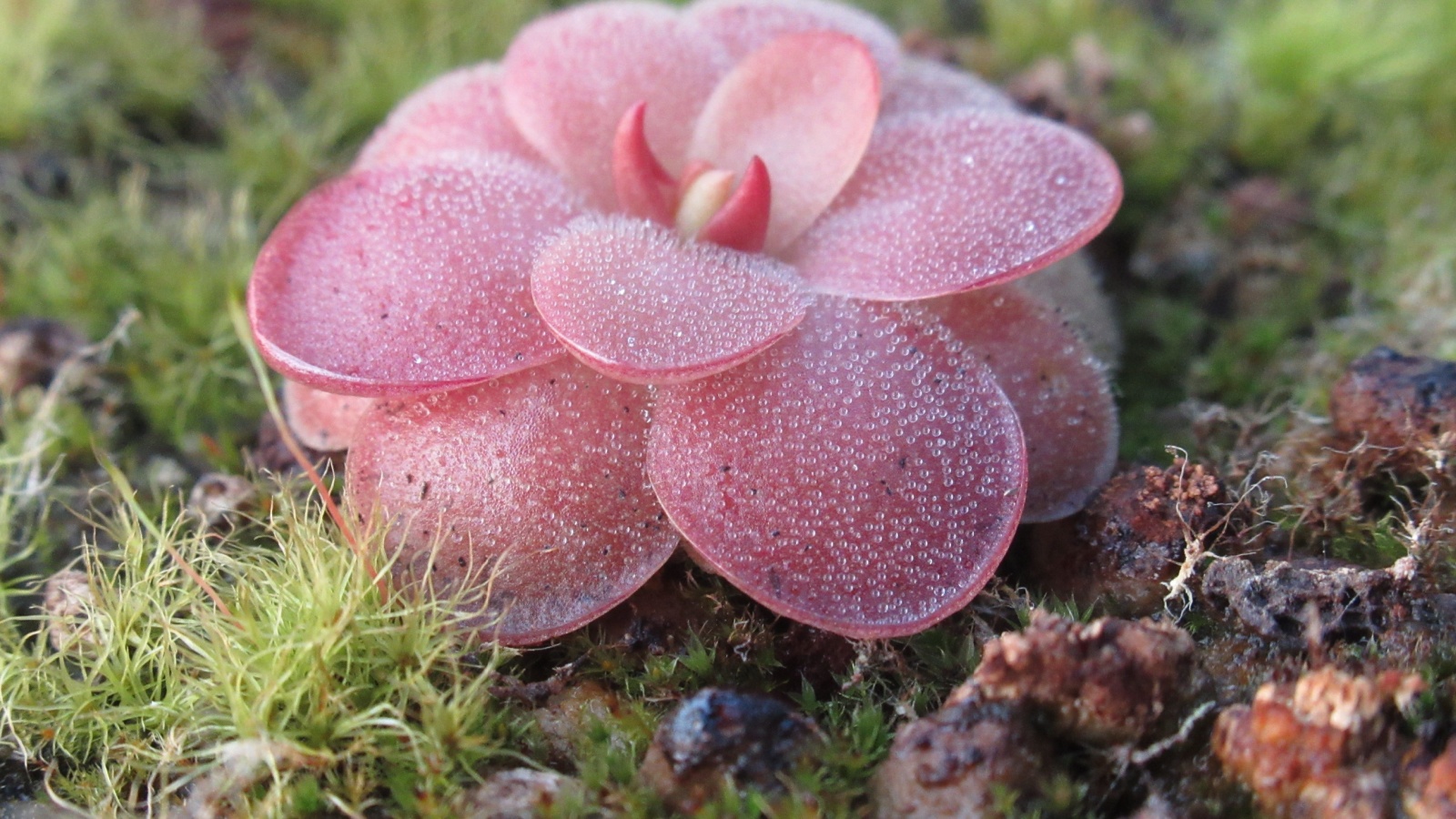
Butterworts have leaves that feel greasy to the touch, giving them their name. This greasiness comes from glands that secrete a sticky substance to trap small insects. Once an insect is stuck, the leaf edges slowly curl inward, bringing more digestive glands into contact with the prey. Butterworts are found in the Americas, Europe, and Asia.
Cobra Lily
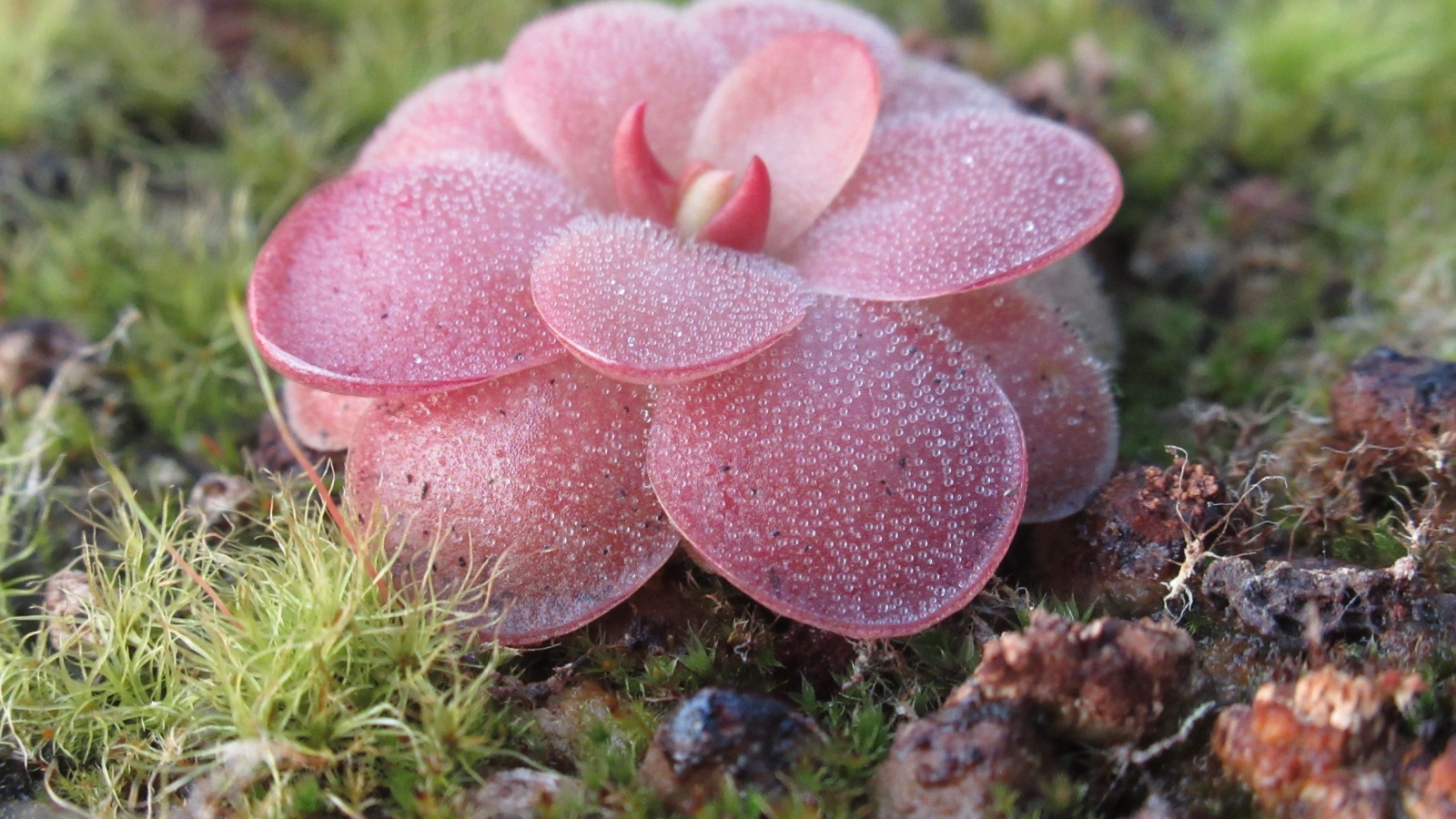
The cobra lily, also known as the California pitcher plant, gets its name from its resemblance to a rearing cobra. It has a forked leaf that looks like a snake’s tongue, which it uses to lure insects. Once inside the pitcher, insects become confused by false exits (clear patches that let light through) and eventually fall into the digestive fluids at the bottom.
Tropical Pitcher Plant
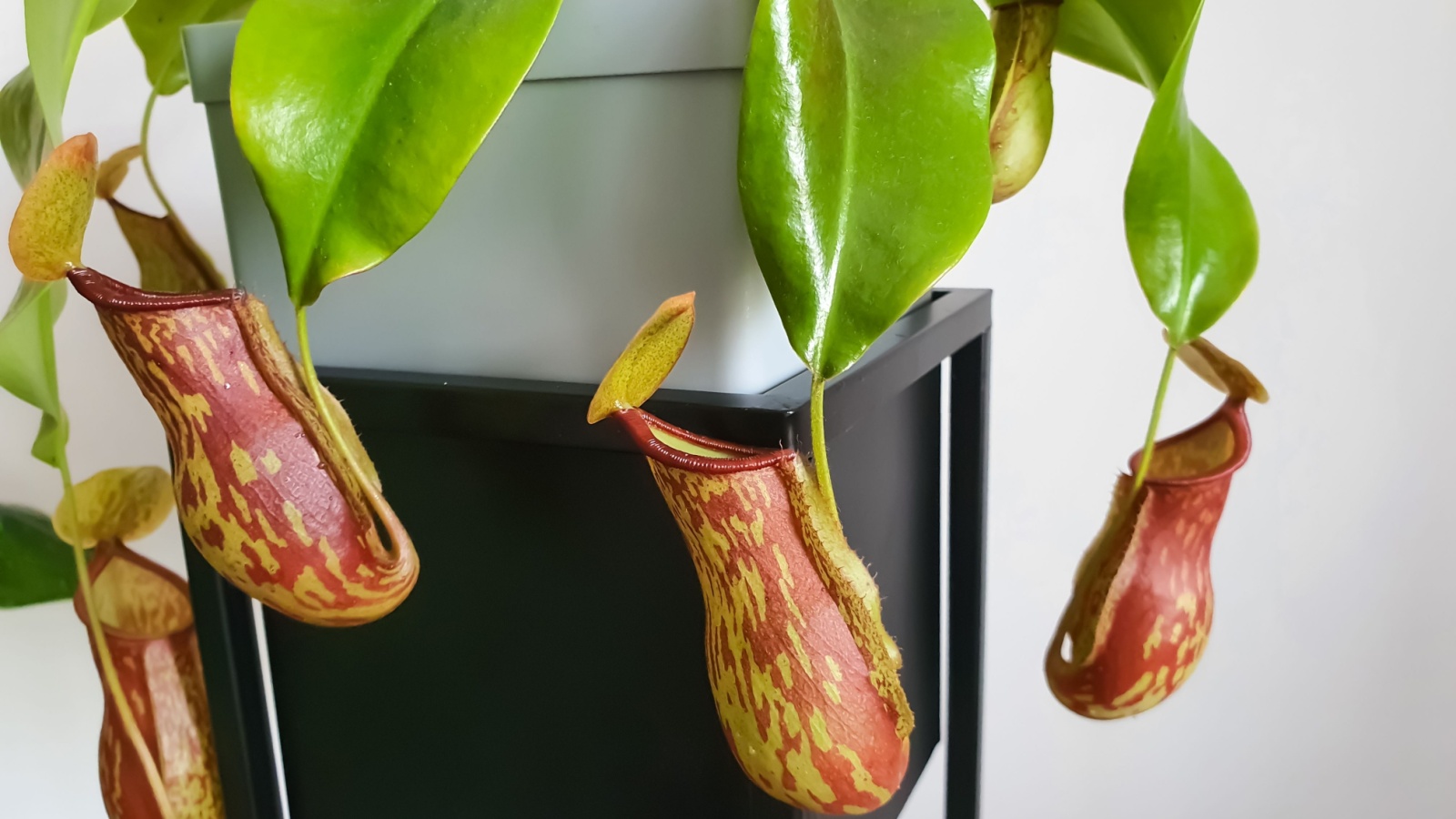
Tropical pitcher plants, or Nepenthes, are found in Southeast Asia. Some species grow so large they can catch rats! These plants often form mutually beneficial relationships with animals. For example, some provide homes for ants in exchange for nutrients from their droppings. Others have evolved to catch the droppings of birds and bats that roost above them.
Corkscrew Plant

Corkscrew plants, or Genlisea, are tiny carnivores that live in water or very wet soil. They have underground traps shaped like corkscrews. These traps are lined with inward-pointing hairs that allow prey to enter but not escape. The plant then releases enzymes to digest the trapped organisms, which are usually microscopic.
Waterwheel Plant
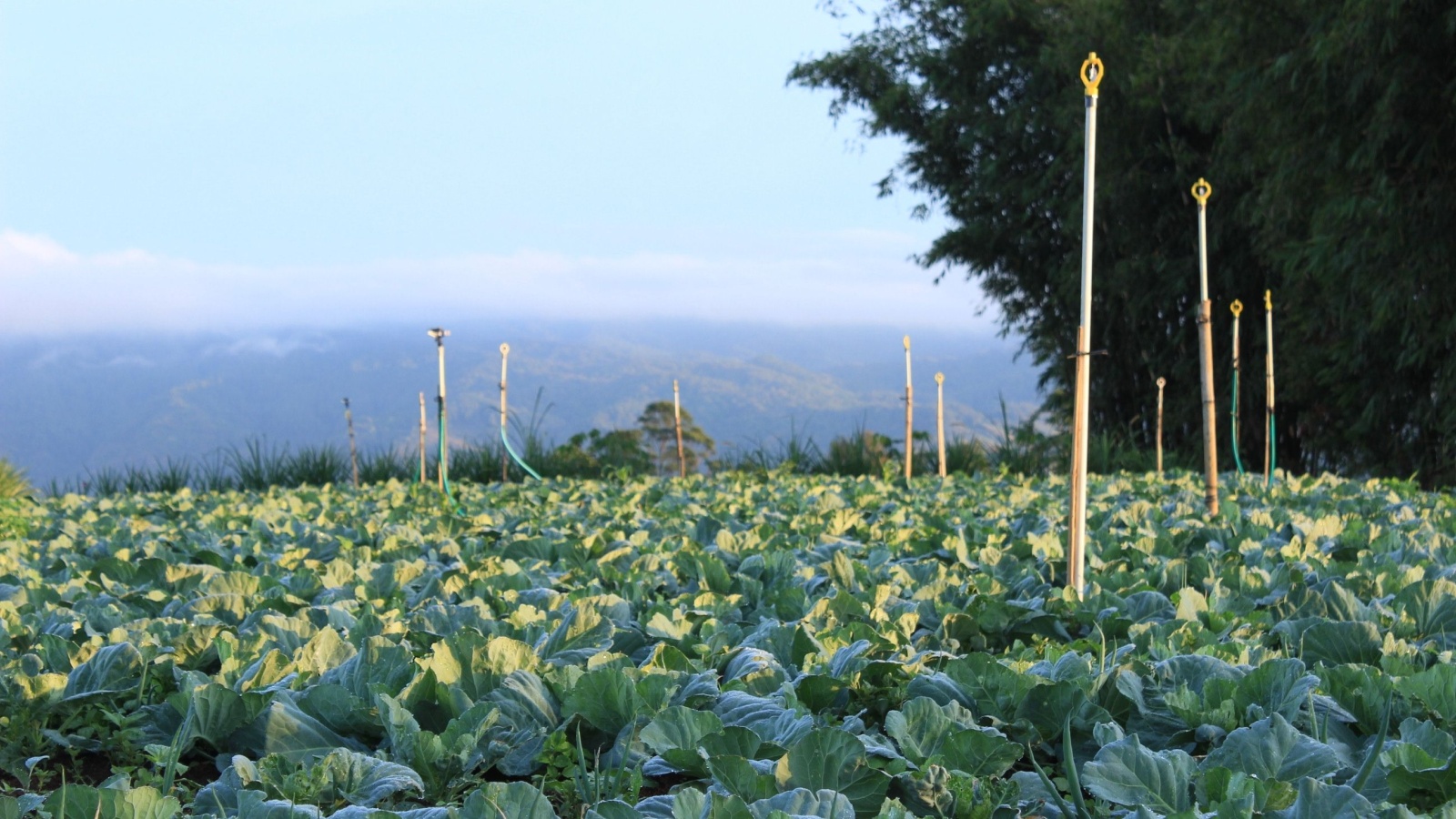
The waterwheel plant is an aquatic carnivore that looks like a underwater Venus flytrap. It has whorls of traps arranged like the spokes of a wheel. When tiny water creatures touch the trigger hairs, the traps snap shut in about 20 milliseconds. This plant is endangered due to habitat loss and is rarely found in the wild.
Rainbow Plant
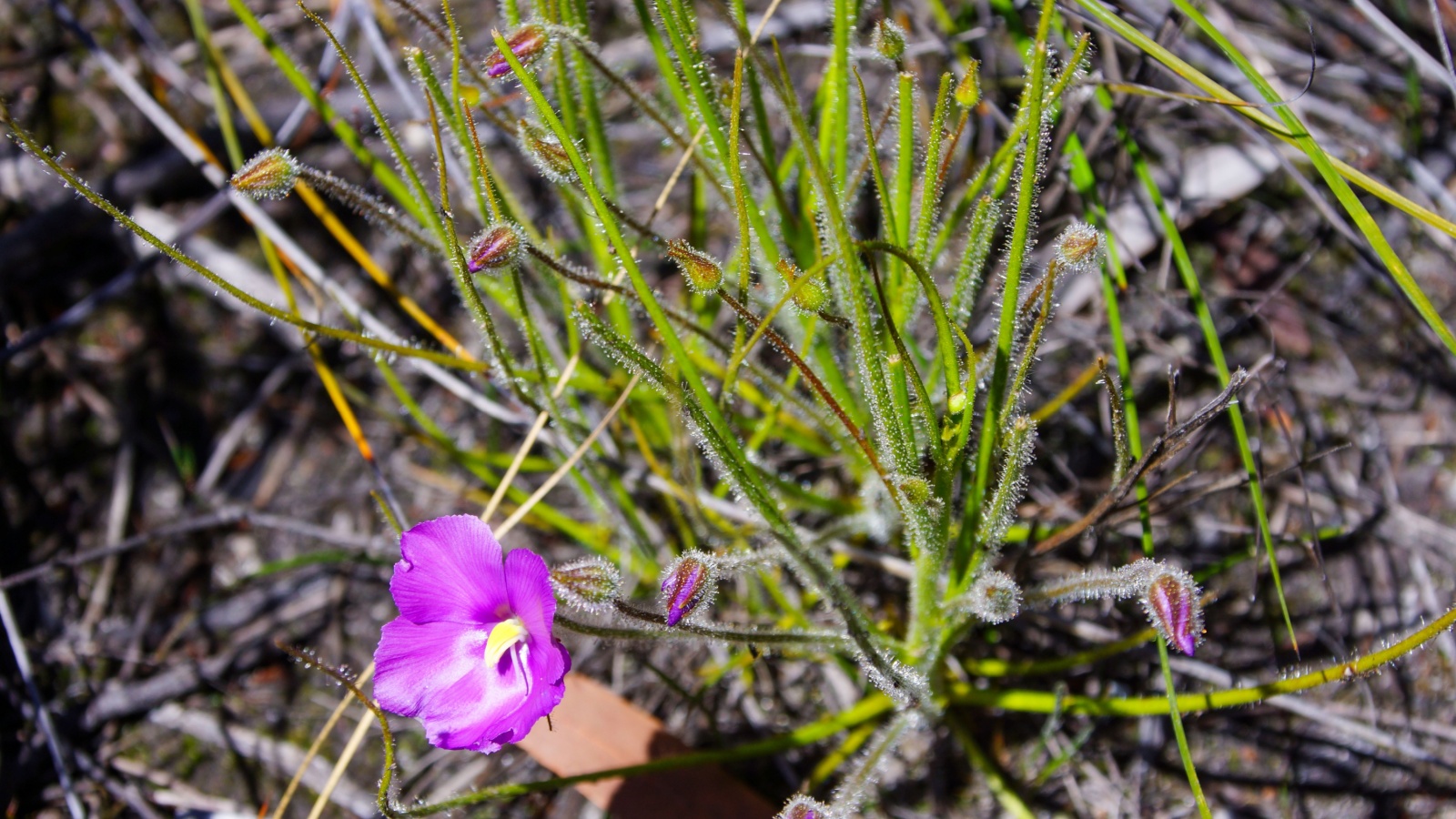
The rainbow plant, found in Western Australia, gets its name from its colorful, sticky leaves that shine in the sun. These leaves are covered in glands that produce a sticky substance to catch insects. The plant then curls its leaves to bring the prey into contact with more digestive glands. Despite its beauty, the rainbow plant is threatened by habitat loss.
Dewy Pine
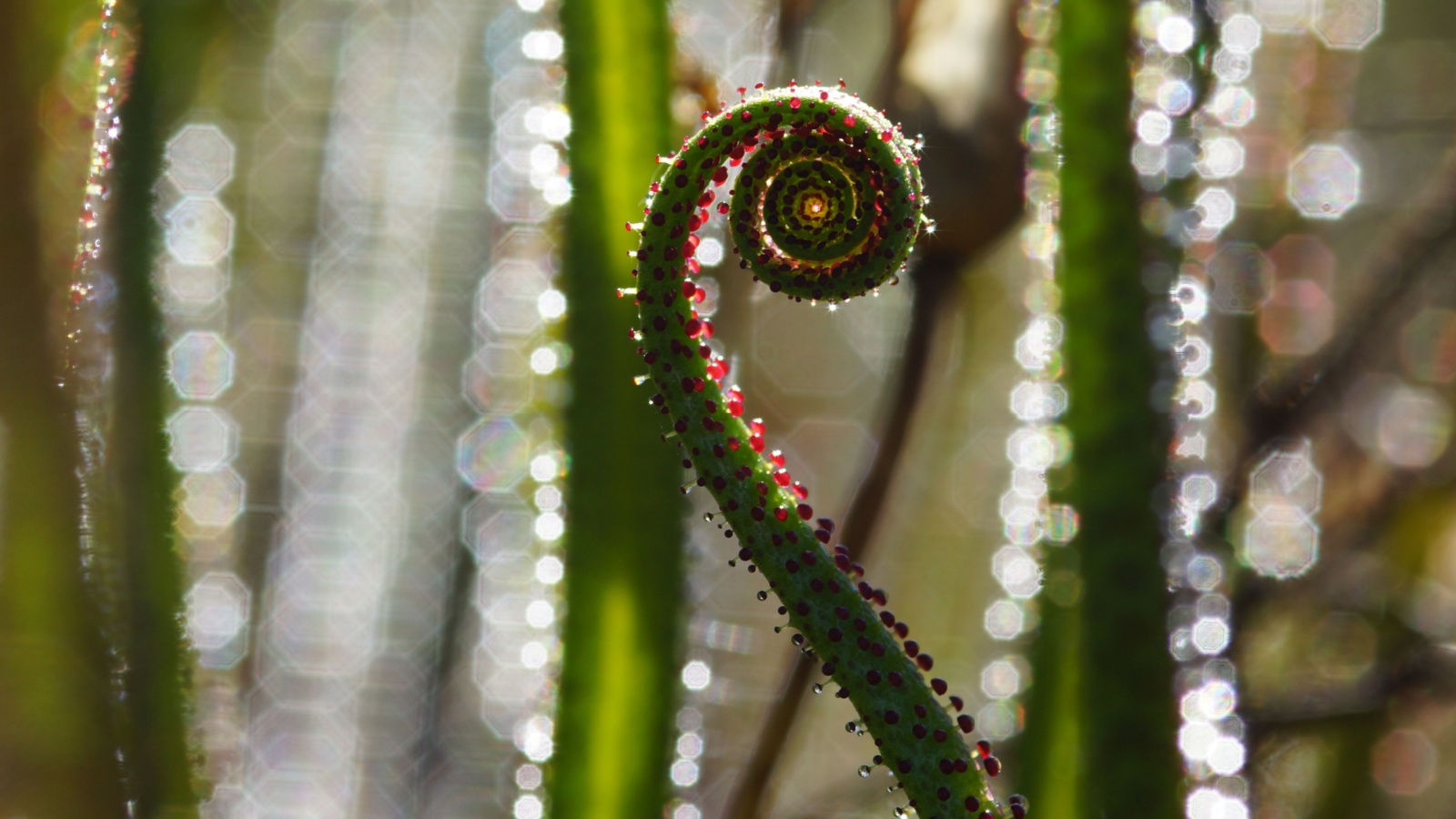
The dewy pine, native to Portugal and Spain, looks like a cross between a sundew and a pine tree. It has long, thin leaves covered in sticky, glandular hairs. These hairs trap insects, and the plant then secretes enzymes to digest its prey. The dewy pine is rare and endangered, growing only in a few specific habitats.
Trumpet Pitcher

Trumpet pitchers, or Sarracenia, are native to North America. They have tall, trumpet-shaped leaves that act as pitfall traps. The rim of the pitcher produces nectar to attract insects, which then slip on the waxy surface and fall in. Some species have a hood over the pitcher to prevent rainwater from diluting the digestive fluids inside.


